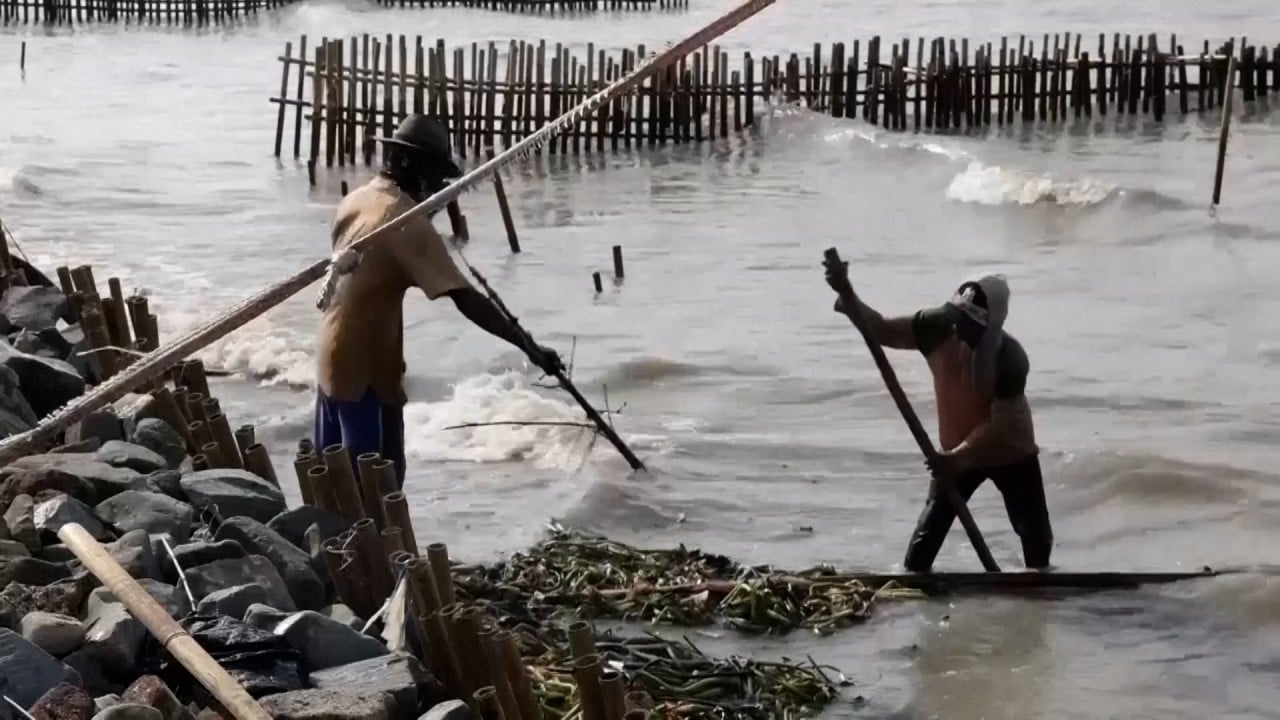
How Asia can invest in averting a food crisis caused by climate change
- Climate change is expected to spark greater food insecurity in Asia, but regional markets do not seem to be incorporating this risk
- The focus should be on increasing the affordability and scalability of solutions such as using enzymes to boost soil health and adopting perennial rice crops
The impact of climate change is expected to bring fluctuation in crop production, food supplies and market prices, sparking greater food insecurity in the region, yet it seems that Asian markets have not been incorporating this long-term risk.
Elsewhere in Asia, stockpiles of two months’ consumption are the norm across 50-year averages. Delving deeper, while inventory levels have trended higher in northeast Asia over the last decade, Southeast Asia, in contrast, saw consumption coverage erode and is among the least buffered against a potential output shock. With this in mind, we assess how the Asia food shortage could impact inflation.
Current foreign exchange forwards translate this to a 1.4 percentage point uplift in Asia-wide headline inflation. Incorporating second-round effects and assuming flat energy prices, a one-off, one-year shock could raise inflation forecast by 2.2 percentage points.
Effects on the region differ, depending on development level and the institutional structures around rice. Aside from Malaysia, policymakers are reluctant to provide direct subsidies to support rice prices, a reflection of the staple’s role as a critical source of rural income and modest urbanisation. Yet, rice’s dietary centrality has meant that Asia’s headline consumer price indices are, by our calculations, 2.5 times more sensitive to shifts in grains than the broader food component.
To respond to the food inflation challenge in Asia, we need to first get to the root of the problem and understand the real impact of a changing climate.
Climate impacts are expected to lead to reductions in global rice supply of up to 15 per cent by 2050. A 2014 Asian Development Bank report noted that if the world did not deviate from a fossil-fuel-intensive path, South Asia could lose an equivalent 1.8 per cent of its annual gross domestic product by 2050 and 8.8 per cent by 2100.
Solutions aren’t lacking, but the focus now needs to be on increasing their affordability and scalability.
China moves sustainable food to top of the chain to ensure security
Using the drip irrigation technology produced by one Israeli firm, for example, producing a tonne of rice requires 70 per cent less water and reduces methane emissions to close to zero. If 10 per cent of paddy rice farmers switch to drip, the drop in emissions will be equivalent to taking 40 million cars off the road.
Sustainable land management practices also contribute to climate change adaptation. Integrating trees into rice production landscapes could lower temperatures and improve infiltration of water into the soil.
This adds up to greater adaptability and resilience not only for individual farmers and communities but also their environments.
Currently, climate adaptation initiatives receive only 7 per cent of climate-related investment. Yet, they deserve far greater public and private investment. Addressing climate change requires both mitigation and adaptation, and we believe the latter can represent a significant opportunity for the public and private sectors.
Ultimately, the food crisis is now closer to us than we think, and investing in agricultural climate adaptation measures will be key as we prepare for an unpredictable future.
Thu Ha Chow is head of fixed income, Asia, at Robeco
Laura Bosch Ferreté is a sustainable investing specialist at Robeco
Philip McNicholas is a strategist in Robeco’s global macro fixed-income team and responsible for coverage of the Asia-Pacific region


.jpg?itok=qr6OaBf0&v=1692151517)


